Spring gets closer as each day passes, and yet it seems strange to be writing about spring after we received four or five inches of snow. But signs of spring are becoming more frequent.
Matt Pelikan heard 20 red-winged blackbirds and a half-dozen common grackles singing from treetops near his Oak Bluffs home. And as he says, these singing birds suggest early migrants rather than over-wintering birds.
Another addition to the growing chorus of bird song are the five house finches I heard singing at Tisbury Marketplace on Feb. 7. I also noticed that both great black-backed gulls and Canada geese have started to pair up, despite the continuing winter.
Three unexpected species were seen this week. Bob Shriber photographed a first-winter Forster’s tern at Pilots Landing on Feb. 5. He watched for some time as it flew right past him, repeatedly diving into the water — a typical tern behavior. According to ebird, this is the second ever winter record (the late Vern Laux saw one on Jan. 21, 1979).
The second find was Charles Morano’s juvenile red-headed woodpecker along Old South Road in Aquinnah on Feb. 4, the first sighting of this species in about two years. Bob Shriber and Nancy Weaver also saw it on Feb. 5 and Bridget Dunnigan and Sea Williams found it on Feb. 8. The final sighting is of a yellow-breasted chat, an uncommon fall and early winter denizens of dense thickets. Wayne Jackson and Cindy Sampson Jackson noticed one at a feeder in Edgartown on Feb. 9 — the snow likely forced it out of a nearby dense thicket.
By my tallying we have observed 117 species so far this year, 89 in January and 68 species in February. The following highlights are gleaned from reviewing 59 ebird checklists submitted in February. The more common species will be observed at a larger number of locations.
There have been sightings of Canada geese from a dozen locations across the Island, but the largest flock reported had only 30 individuals, counted by Shea Fee at Short Cove preserve on Feb. 2. For comparison, we totaled 2,162 geese on the Christmas Bird Count. None of the large flocks were found this week.
Mute swans were also seen in fewer numbers, with 19 sighted from seven locations across the Island.
Red-breasted mergansers are perhaps the most widely distributed duck with 10 sightings. They are not necessarily the most abundant, however, as six of those sightings were of either one or two individuals. Matthew Born reports the largest flock, finding 25 of them on Squibnocket Pond on Feb. 3.
There are multiple species of seaducks, with common eiders the most prevalent. There were seven sightings reported, with the largest concentration being the 75 that Dana Bangs counted near the drawbridge. They are less common now. Perhaps you remember the flocks of thousands that were found in the ocean off Aquinnah and Wasque prior to the year 2000?
The next most frequent species is the long-tailed duck with six reports. Charles Morano estimated there were 125 at Squibnocket Point on Feb. 1.
The three species of scoters are less common. There were five places where small numbers of surf and black scoters were reported. White-winged scoters were reported from two locales and harlequin ducks were found at three locales from Lucy Vincent to the Gay Head Cliffs, their usual haunts.
Gulls are perhaps the most widely known family of birds — everyone knows a “seagull” when you see one. But did you know that there are 10 or so species of gulls that we see here in most years? Herring gulls and great black-backed gulls are the most frequent, with nine and eight sightings, respectively.
The noticeably smaller ring-billed gulls were reported four times, lesser black-backed gulls were found twice, and Ray Ewing found a Bonaparte’s gull at Quansoo back on Jan. 21. Two s
pecies that I would expect us to find (we have not seen them yet this winter) are Iceland gull and glaucous gull.
Turkey vultures are present in small numbers. Chris Scott found six of them at Red Beach on Jan. 27 and there were two other reports of them in that same area. There were three other sightings in West Tisbury. Of course, these sightings could be all the same few birds since they are not territorial at this time of the year.
Red-tailed hawks are more territorial and so less likely to wander across the Island. Isabella Colucci located one at Brook Hollow Road in West Tisbury on Jan. 28, Rich Couse saw one at the Hoft Farm on Feb. 5, and I watched one at Fulling Mill Brook that day and another at Katama Farm on Feb. 8.
There are three reports of fruit-eating cedar waxwings recently. Nancy Nordin saw a flock of 14 near Squibnocket Beach back on Jan. 19, Jennie Kang spotted four at Felix Neck on Jan 24, and I located three at Chilmark Pond Preserve on Feb. 2.
House sparrows are seldom reported in this column because they are not a native species and they are not very common. They tend to be found near barns and around shopping centers. Bob Shriber located three near the Gay Head Cliffs and I watched three at the Tisbury Marketplace.
Rock pigeons are another species seldom reported here. I spotted a flock of 35 near Tisbury Marketplace on Feb. 7, likely the same ones that frequent the harbor, and 15 the next day at the big bridge.
Eastern towhees are not as common as they are in the summer. Polly Bassett had one show up at her Ocean Heights feeders on Jan. 25, and there were four sightings in February so far.
Please email your sightings to birds@vineyardgazette.com
Robert Culbert is an ecological consultant with Nature Watch living in Vineyard Haven.


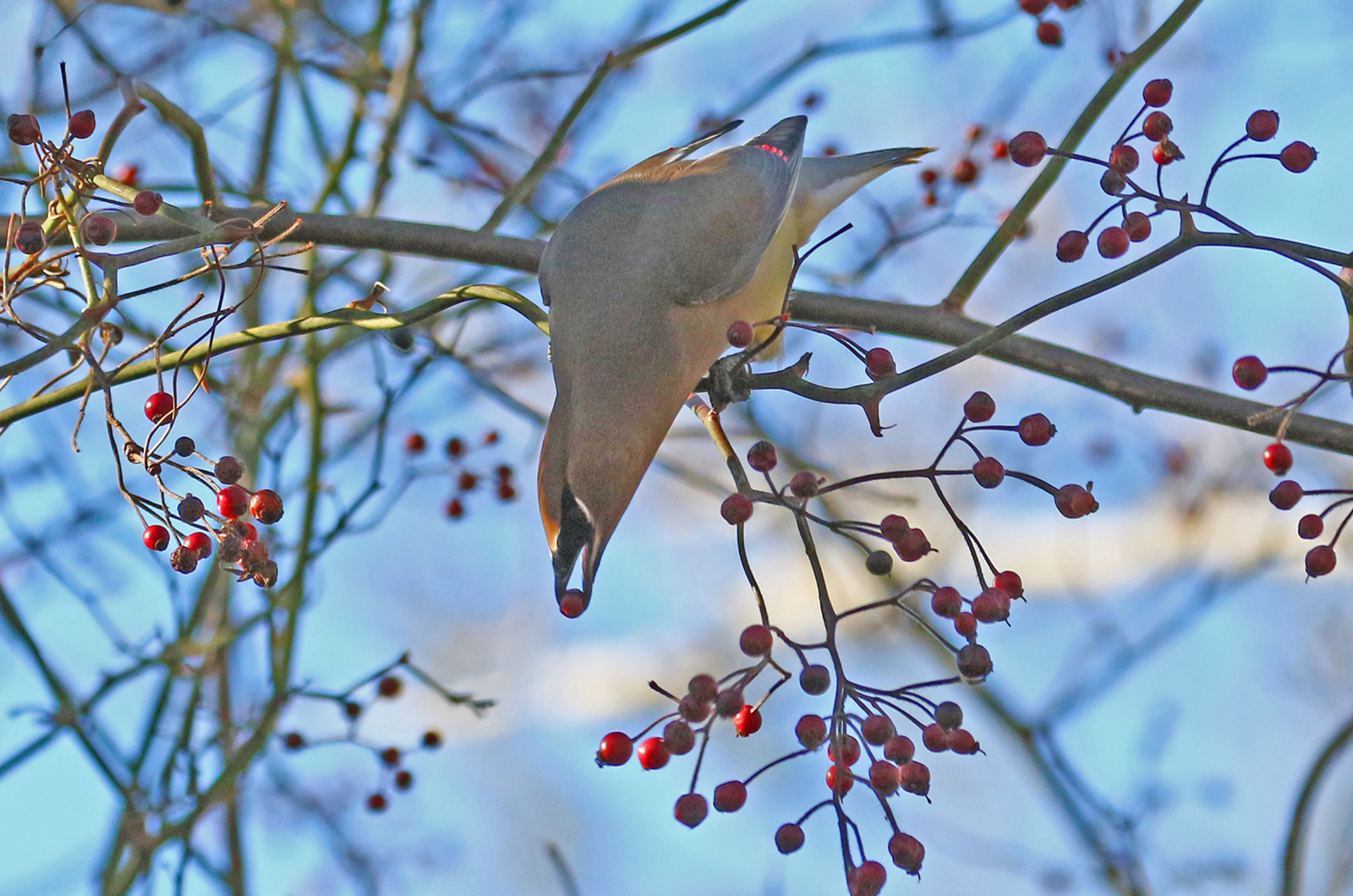
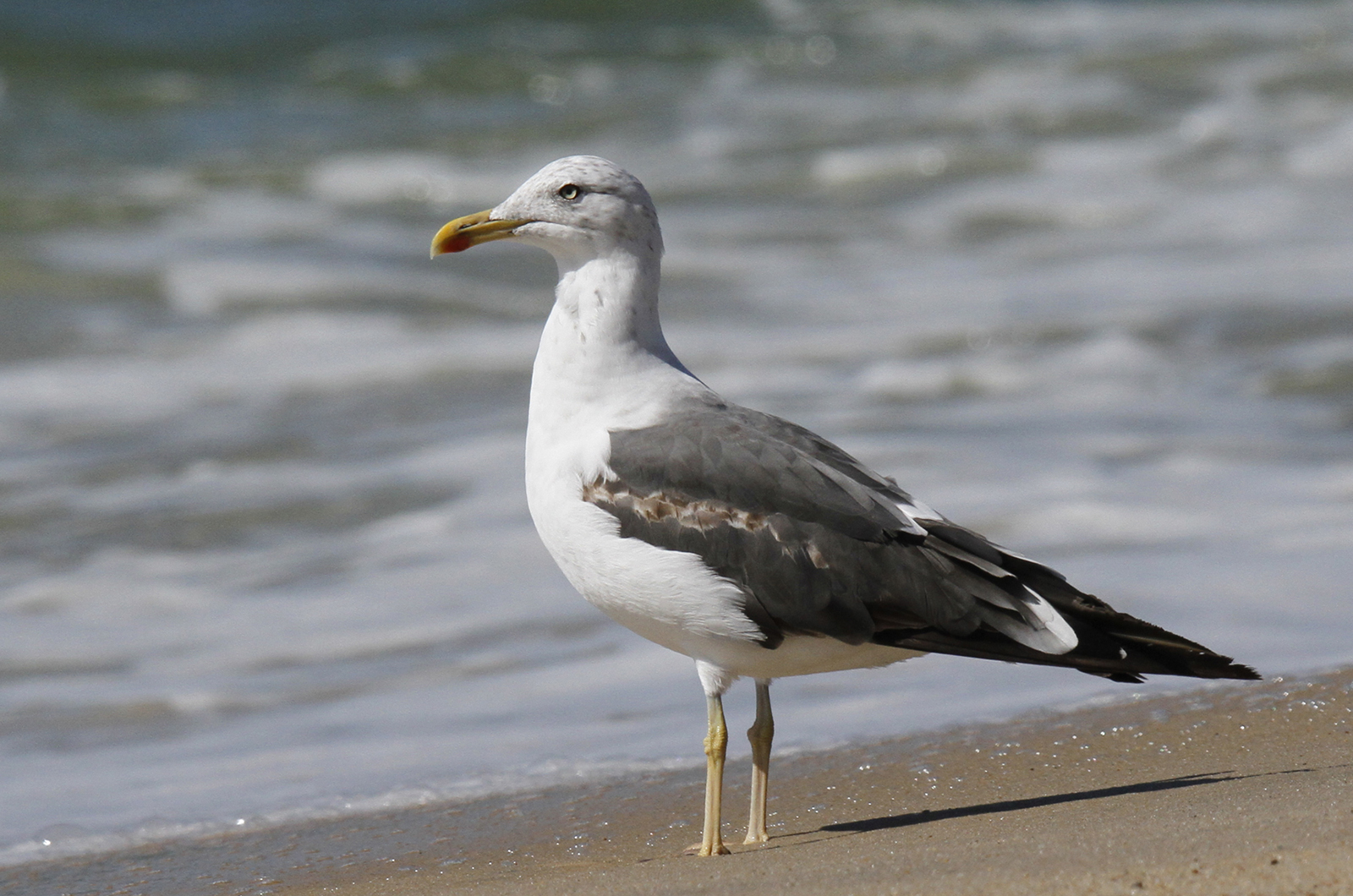
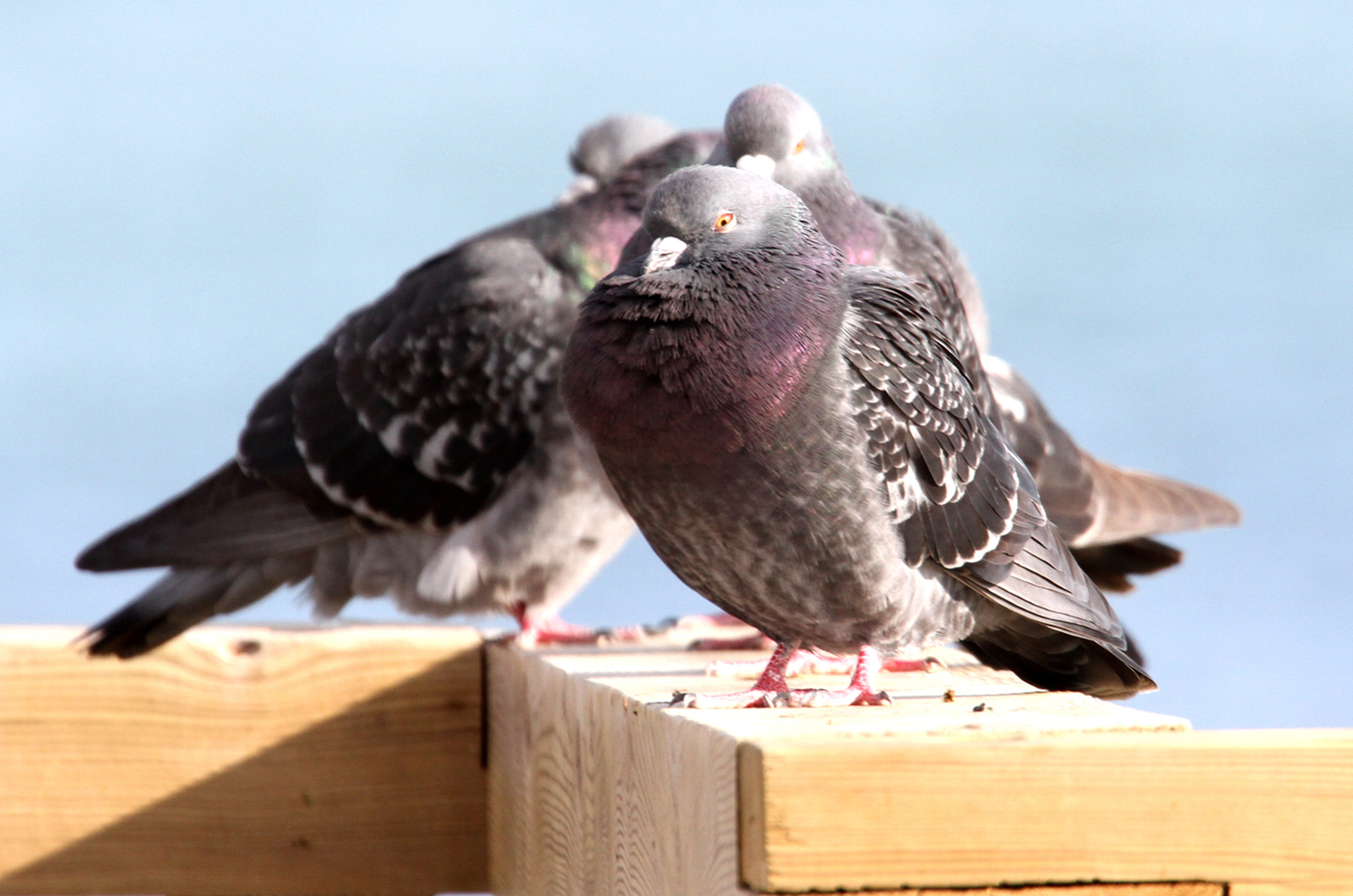
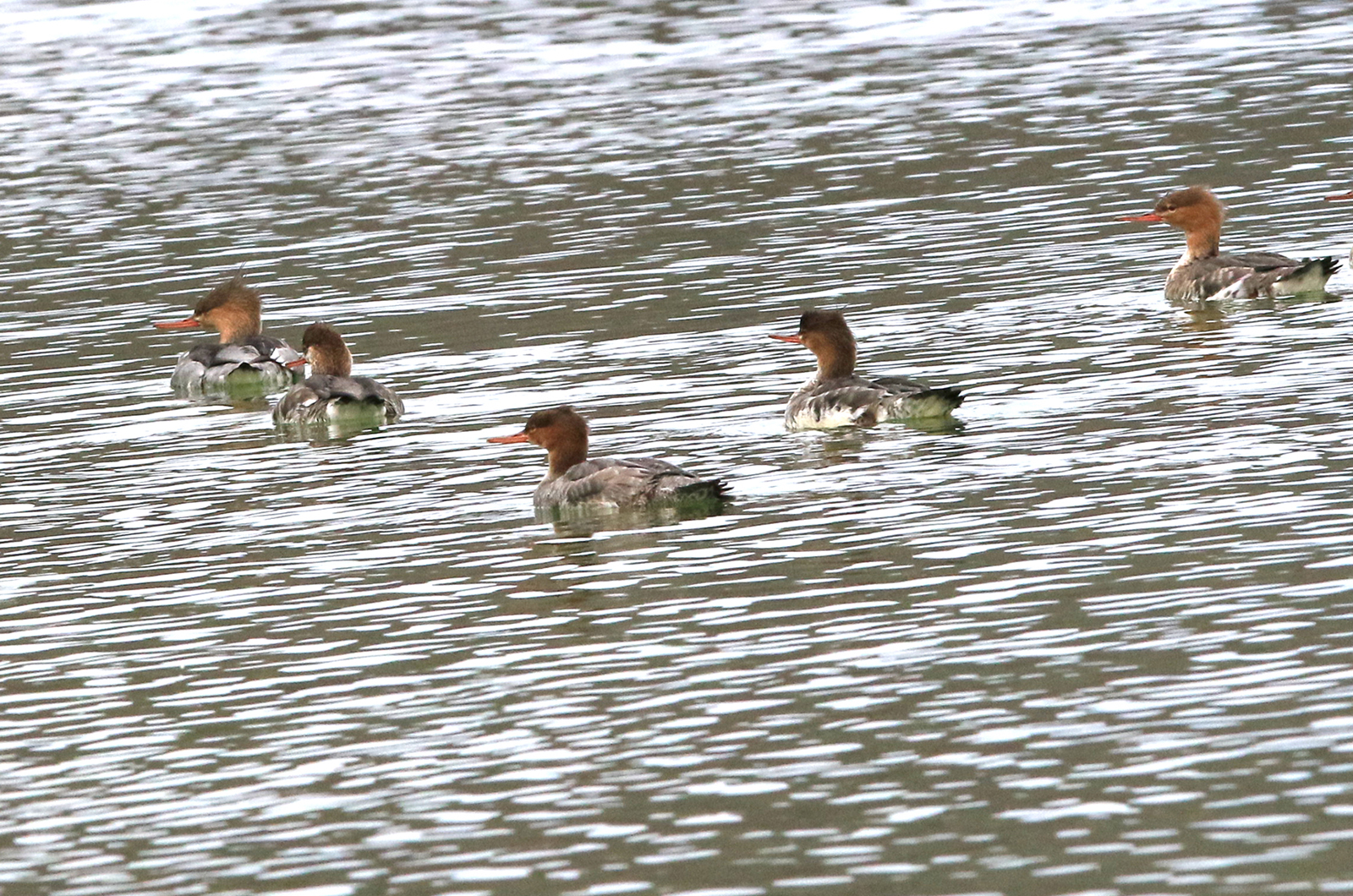
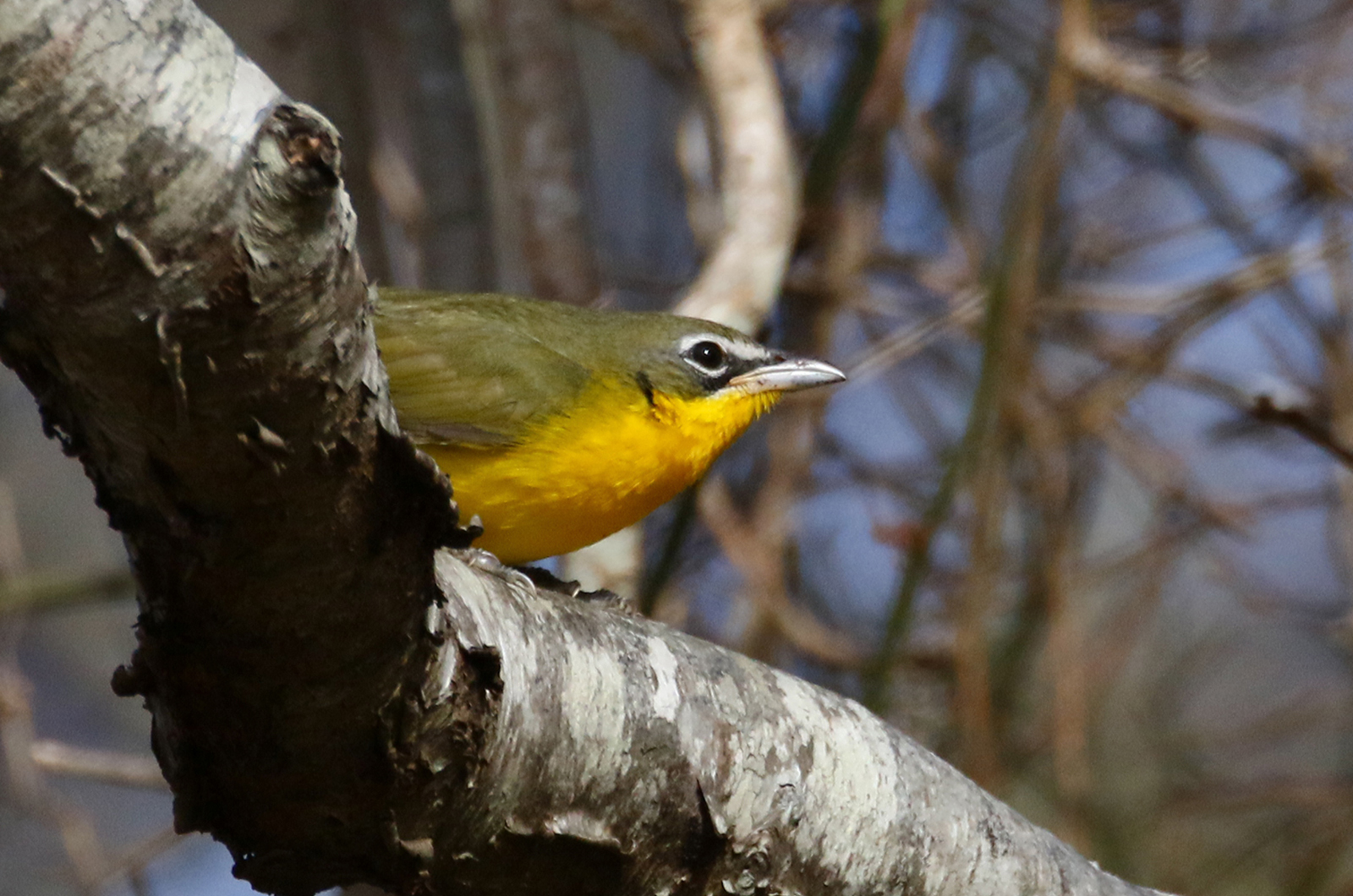





Comments
Comment policy »